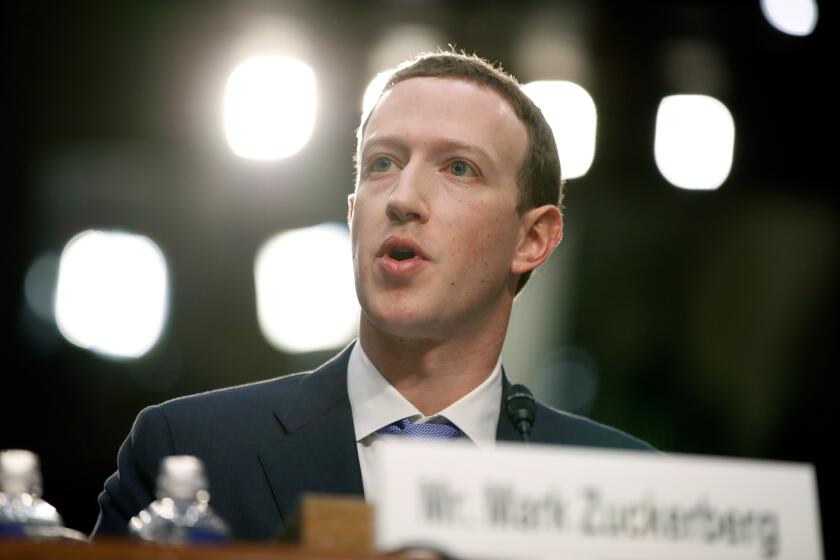Health-Care Costs Offset Tobacco Tax Revenue
- Share via
Re “Addicted to Tobacco,” by Tommy J. Payne, Commentary, June 18: What a piece of trash! Here is the executive vice president for external relations of R.J. Reynolds Tobacco Holdings saying, in effect, “Naner, naner, naner. We have the product you local, state and federal governments need because it generates over $30 billion a year in tax revenues. By the way, please don’t restrict our ability to make this carcinogen more ‘palatable’ to the smokers, and please don’t limit our ability to market and promote our poisonous products to adults who choose to smoke them.”
How much would our governments and the insurance industry save if they weren’t forking out large sums of money to treat lung cancer, heart disease and other smoking-related ailments? How much would our employers save in lost productive time due to smoking-related sick leave? Let’s do the math and then control cigarettes like any other dangerous, addictive drug.
Chris Chrisman
Los Angeles
*
The R.J. Reynolds spokesperson maintains that the profit on a pack of cigarettes is only 3%. This must be after the $11.2 billion the tobacco industry spent in 2001 (the latest year for which data are available) on advertising and promotions. The 2001 budget was 16.9% higher than in the previous year, and the budget for 2003 is probably much higher still. These figures do not include the countless millions of dollars the tobacco industry spends each year on lobbying, political contributions and public relations.
While the Food and Drug Administration would be obligated to ban cigarettes if they were brought before it today as a new drug, the public health community recognizes the problems related to the black market this would create, and it prefers to limit tobacco use through public education, prevention and cessation programs. If tobacco tax revenue declines, so be it. The amount spent on health care for smoking-related diseases will decrease accordingly.
Elizabeth A. Gilpin
Clinical Prof. of Biostatistics
Department of Family
and Preventive Medicine
UC San Diego
More to Read
Inside the business of entertainment
The Wide Shot brings you news, analysis and insights on everything from streaming wars to production — and what it all means for the future.
You may occasionally receive promotional content from the Los Angeles Times.










